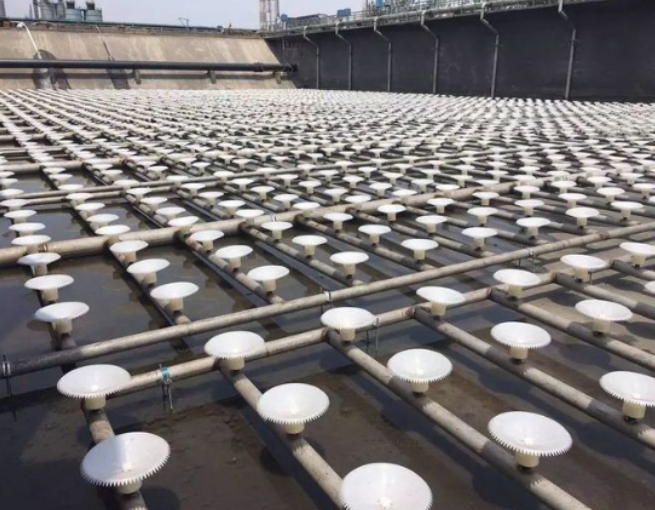In wastewater treatment systems, aeration equipment is a key component of the biological treatment phase, and aeration diffusers directly affect oxygen transfer efficiency and microbial activity. This article introduces different types of aeration diffusers, their performance differences, and suitable application scenarios.
1. Fine Bubble Diffusers: High Oxygen Transfer Efficiency, Significant Energy Savings, Suitable for Long-Term Wastewater Treatment Systems
Application Scenarios:
2. Coarse Bubble Diffusers: Larger Bubbles for Strong Mixing, Suitable for Pretreatment to Prevent Solids Deposition, Ideal for High-Concentration Wastewater Treatment
Application Scenarios:
3. Disc Diffusers: Large Surface Area, Uniform Bubble Distribution, Long Lifespan, Corrosion-Resistant, Can Be Used with Blowers to Improve Oxygen Utilization
Application Scenarios:
4. Tube Diffusers: Suitable for Deep Water Aeration, Uniform Oxygen Release, High Oxygen Utilization, Ideal for Large-Scale Wastewater Treatment Facilities
Application Scenarios:
Impact of Aeration Diffusers on Wastewater Treatment:
- Enhances Oxygen Solubility: Efficient aeration promotes microbial decomposition of organic pollutants, reducing BOD and COD levels.
- Reduces Energy Consumption: Selecting the appropriate aeration equipment decreases blower energy consumption, improving overall system cost-effectiveness.
- Prevents Equipment Clogging: In wastewater containing suspended solids, choosing the right aeration diffuser ensures stable system operation.
Factors to Consider When Selecting an Aeration Diffuser:
- Water Quality Characteristics (Organic concentration, suspended solid content, etc.)
- Aeration Requirements (Dissolved oxygen levels, mixing intensity)
- Equipment Compatibility (Suitability for existing blowers, PH/ORP controllers, etc.)
- Maintenance Costs (Cleaning frequency, durability)
#Thailand Equipment Purchase, Screw Press, Plate and Frame Filter Press, Belt Filter Press, Sludge Pump, Glass-Fused-to-Steel (GFS) Tank


